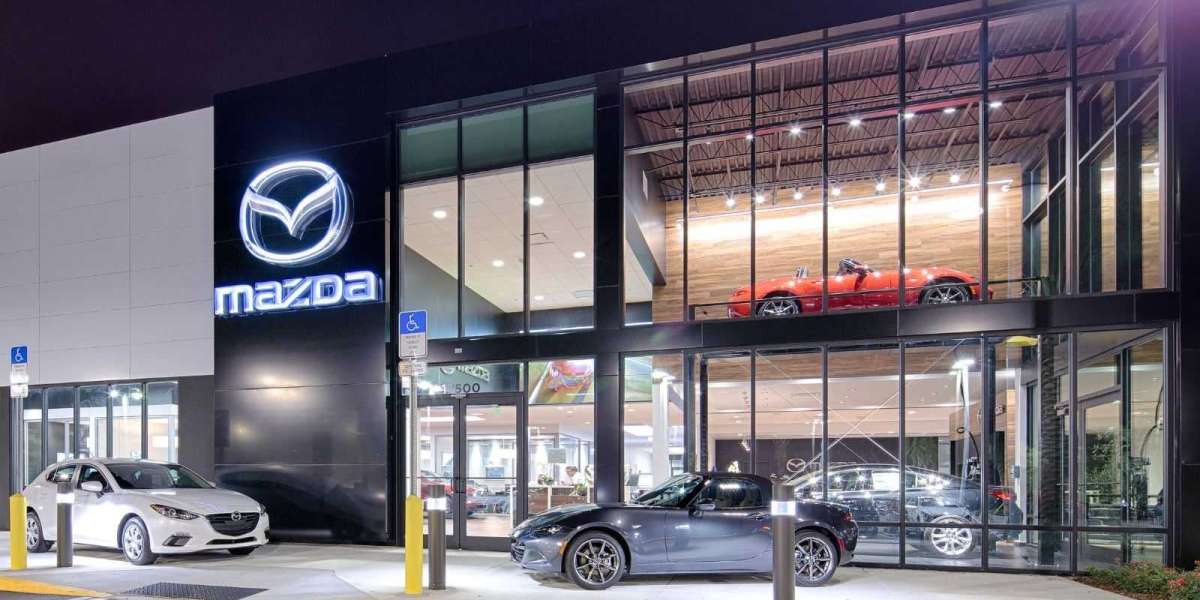Chillers play a vital role in many industrial, commercial, and HVAC applications by providing cooling for processes, equipment, and comfort spaces. Like any critical mechanical system, chillers require regular maintenance and timely repairs to ensure they operate efficiently and reliably. In this article, we will explore the importance of chiller maintenance and repairing needs, and best practices to prolong the lifespan of your system.
Why Chiller Maintenance Matters
Chillers are among the most energy-intensive components in a cooling system. Without routine maintenance, their performance can decline, leading to:
Increased energy consumption
Poor cooling efficiency
Frequent breakdowns
Costly emergency repairs
Reduced equipment lifespan
Preventive maintenance is essential for early detection of issues and for keeping the system running at peak performance.
Key Elements of Chiller Maintenance
Regular Inspection:
Visual and operational checks help detect early signs of trouble such as leaks, unusual noises, or vibrations. Technicians should inspect compressors, evaporators, condensers, and electrical controls.Refrigerant Management:
Proper refrigerant levels are crucial. Low refrigerant can reduce efficiency and damage the compressor. Leaks should be repaired promptly, and refrigerant should be charged to manufacturer specifications.Water Treatment:
For water-cooled chillers, water quality must be monitored. Impurities can cause scale and corrosion, affecting heat transfer and damaging pipes and components.Cleaning of Components:
Dirty coils, filters, and heat exchangers reduce chiller efficiency. Regular cleaning ensures optimal heat exchange and airflow.Lubrication of Moving Parts:
Bearings, motors, and other moving parts should be lubricated to reduce wear and prevent failure.System Calibration:
Sensors, control systems, and safety devices should be calibrated to maintain precise control and safe operation.
Common Chiller Repair Needs
Despite best efforts in maintenance, repairs may be necessary due to aging components or unexpected issues. Common chiller repairs include:
Compressor replacement or rebuild
Fixing refrigerant leaks
Repairing or replacing damaged electrical components
Motor rewinding
Replacement of gaskets, seals, and valves
Evaporator or condenser tube repairs
Prompt attention to these repairs minimizes downtime and prevents more extensive damage.
Best Practices for Effective Chiller Care
Create a Maintenance Schedule: Follow manufacturer guidelines and industry standards (such as ASHRAE recommendations).
Keep Detailed Records: Document maintenance tasks, inspections, and repairs for reference and compliance.
Train Your Team: Ensure staff are familiar with the chiller’s operation and basic troubleshooting techniques.
Partner with Professionals: Use certified HVAC technicians or service providers for inspections and major repairs.
Conclusion
Chiller maintenance and repairing are critical to ensuring the reliable, energy-efficient operation of your cooling systems. A proactive approach to maintenance can prevent costly failures and extend the life of your equipment. Whether you operate a commercial building, a manufacturing facility, or a data center, investing in routine chiller care is essential for long-term performance and savings.







